Cave paintings from the period of the Cro-Magnon Man (35,000 B.C.) suggest that language existed around this period since many of the paintings depict the everyday life of the Cro-Magnon Man.
However, it took thousands of years for writing to be invented. One of the earliest writing systems in the world emerged in Sumer, southern Mesopotamia, c. 3500 -3000 BCE. Pictures or signs drawn on clay tablets were the basis of this writing system that was used as means of long-distance communication as well as a system of notation for agricultural products.
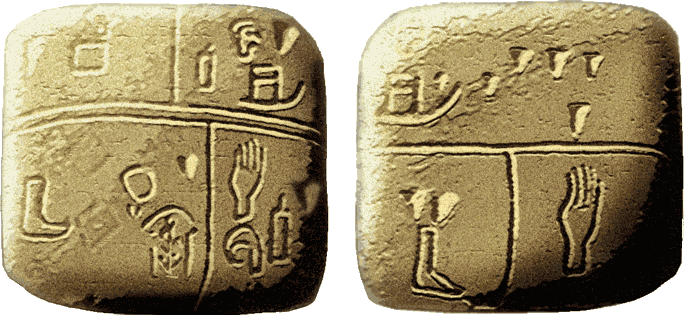
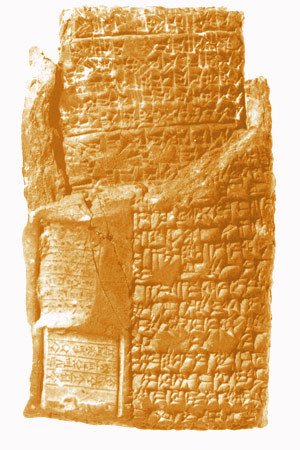
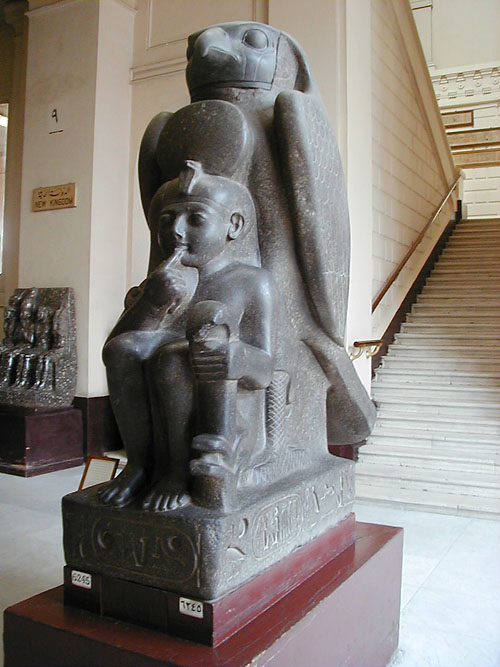
Shortly after the Sumerians, a writing system was also developed in Egypt that came to be known as hieroglyphics. But what about the abstract words that were difficult to express in visual form? -Ancient civilizations found a solution for this problem by using the rebus principle. This meant that they used pictures for sounds to represent abstract words.
A rebus statue of Ramses II, the third Egyptian pharaoh of the 19th Dynasty (1292-1186 BCE), uses three hieroglyphs to compose his name: Horus (as Ra), for Ra; the child, mes; and the sedge plant (stalk held in left hand), su; thus forming the name Ra-mes-su.
A ‘Rebus’ is a puzzle where a word, or part of a word, is represented by a picture. The word rebus came from the Latin expression “Non verbis sed rebus,” which means “Without words, but with the help of things.”
Rebus puzzles were popular in ancient Greece and Rome and became even more popular during the Middle Ages. It was during this period that the publication of books of riddles and word puzzles became widespread.
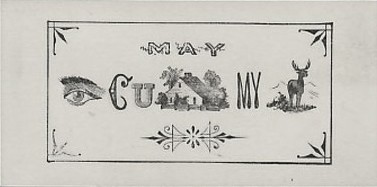
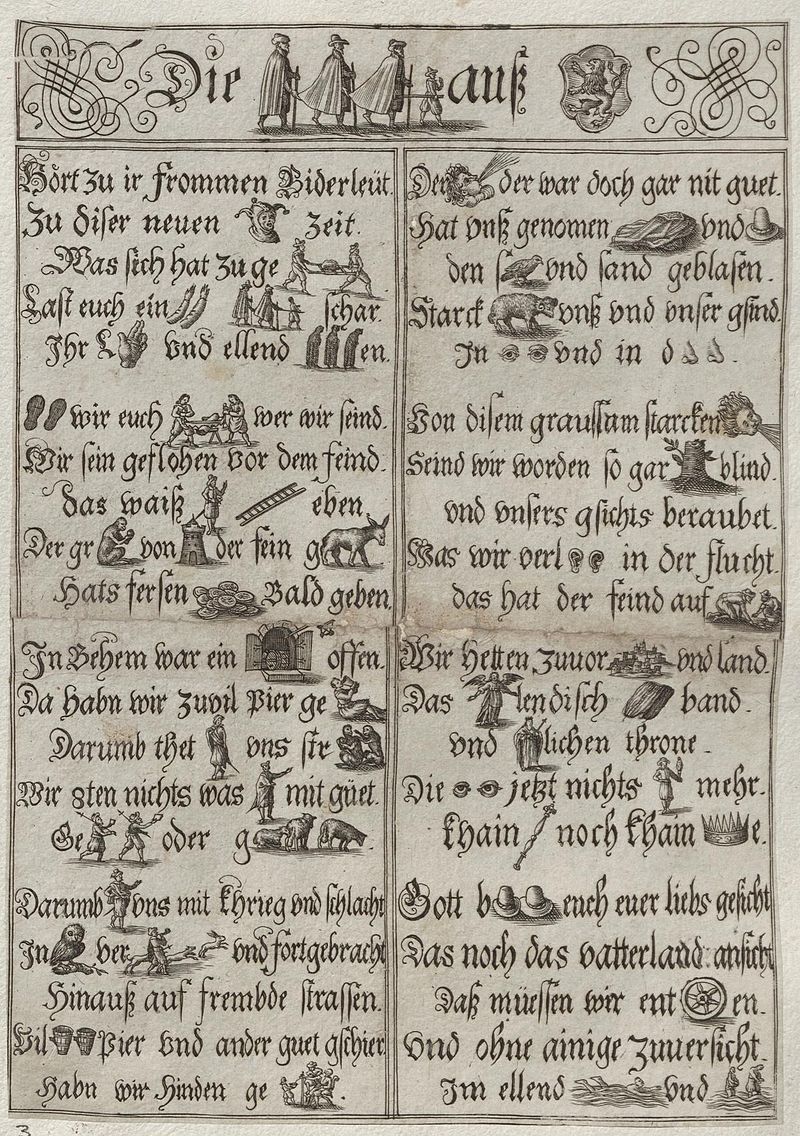
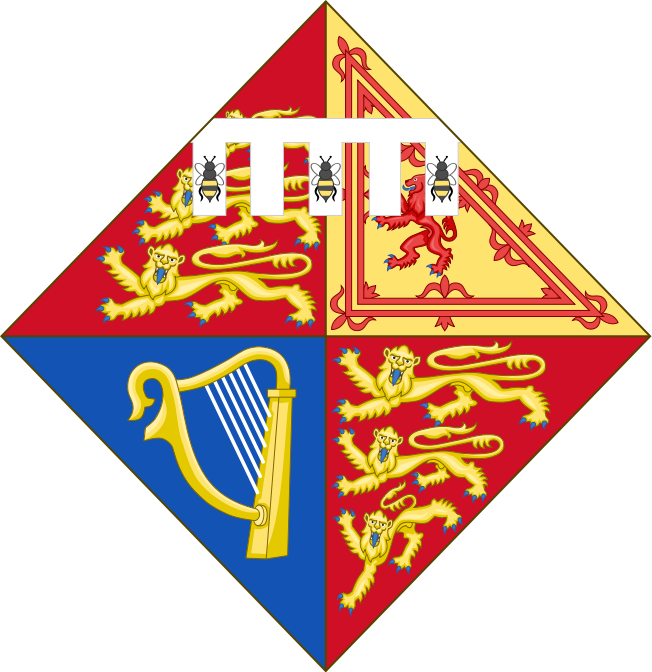
The first printed collection of word games, puns, acrostics, etc. called “Les Bigarurres du Seigneur des Accords,” was so popular in France that it went through several editions. This printed collection influenced noble emblems, and rebuses subsequently became a favorite form of heraldic expression used in the Middle Ages to denote surnames.
Rebuses were often used in the coat of arms during the Middle Ages, and it seems that this practice was very popular throughout Europe. One of the many examples is the one of Princess Beatrice of York that has a pattern of three bees (‘bees thrice’) on her personal coat of arms.
Bishop of Exeter, Hugh Oldham adopted the owl as his personal device. It was a rebus based on his surname.
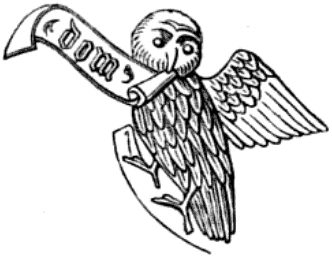
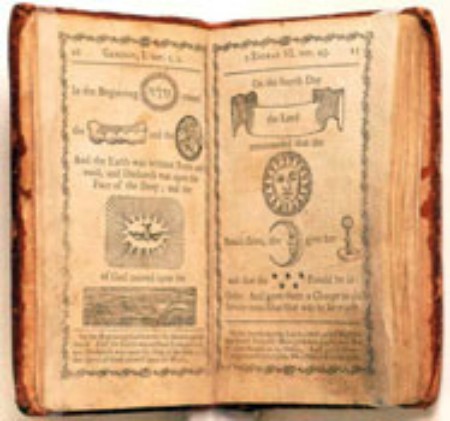
Rebus bibles became very popular at the end of the 18th century for teaching Bible reading to children.
With the development of computer and mobile technology, smileys or emoticons have become an integral part of communication and made it impossible for us to imagine how communication would look like without them. However, even today in the digital era, we still use rebus puzzles to create a phrase or sentence.
